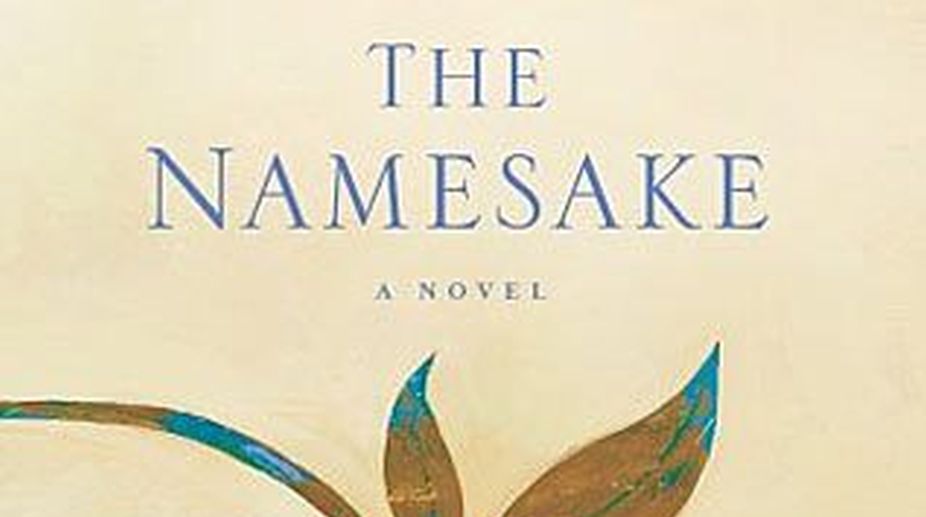One of the most popular writers of today, Jhumpa Lahiri _ came into the spot light in the eyes of many critics just after her debut novel – The Namesake. It is the first book written by her. Moving between events in Calcutta, Boston, and New York City, the novel examines the nuances involve between two conflicting cultures with highly distinct religious, social, and ideological differences.
The plot opens with featuring the Gangulis- a typical Bengali family of four who had settled in America for the rest of their lives. Several other characters in every twist and turn of the story retain the interest of the readers till the end.
The story mostly revolves around the protagonist – Gogol who being brought up in suburban America starts hating being awkwardly named after his father’s favourite author – Nikolai Gogol and makes every little effort to scratch it off.
The extremely innocent, untouched by urbanisation character of Gogol’s mother and the strict, quiet, work minded little spoken character of his father is what makes the story more relatable to the Indian readers, especially the Bengalis.
It is the ordinary story of every household changed into an extraordinary piece. Through a series of events, Gogol becomes the main character’s official birth name. However, an event will shape many aspects of his life in years to come.
Gogol fights an internal battle to find himself. He struggles trying to balance between American and Indian culture while appreciating friendship more than family. Pathos, in particular, forces the reader to connect emotionally with the story, specifically of how Gogol’s name came about and Ashoke’s tragic accident.
Jhumpa Lahiri in her book demonstrated a beautiful blend of cultures of the East and the West. She flawlessly managed to convey the message to her readers that how much we may succeed in life, how much we may modernise ourselves we should always stay connected to our roots and never forget what brought us to the position we now behold.
Lahiri with her exceptional vocabulary usage and her ability of painting a vivid image of the story in front of our eyes by her descriptive sentences managed to make this book one of her masterpieces.
In spite of the introduction of several characters, the story not for once bears any loose ends. As one reads on, they will discover the magic of the lucid narrative.
(Anushka Pal, Coordinator, Class X, Gokhale Memorial Girls School)










